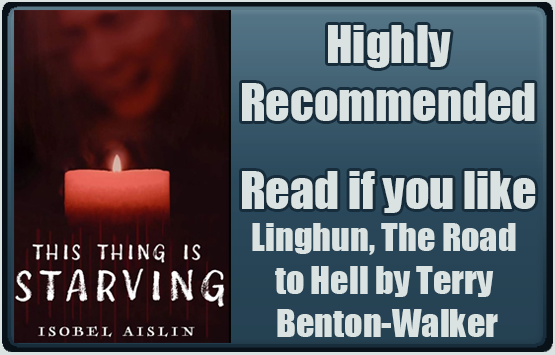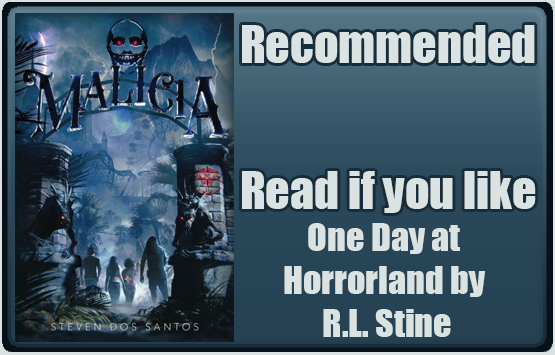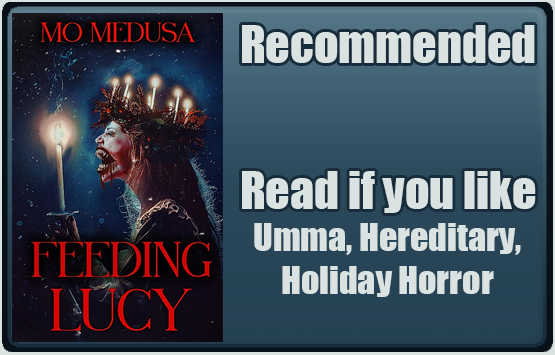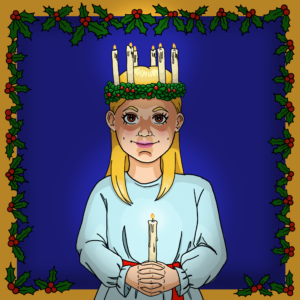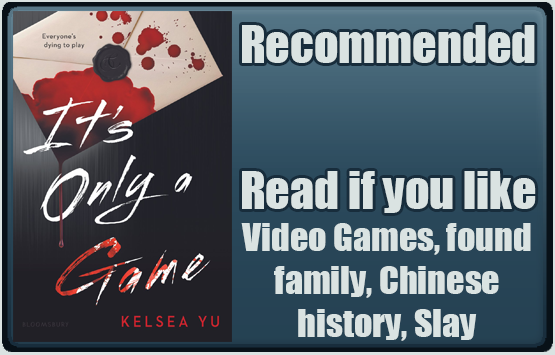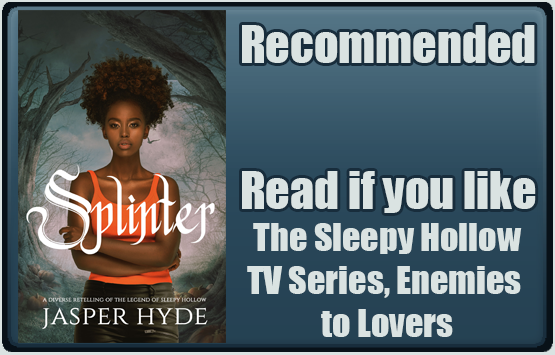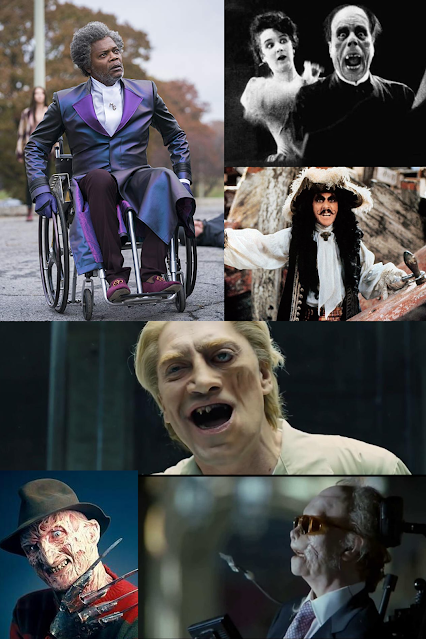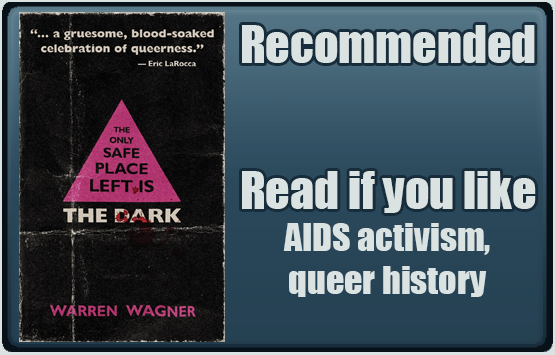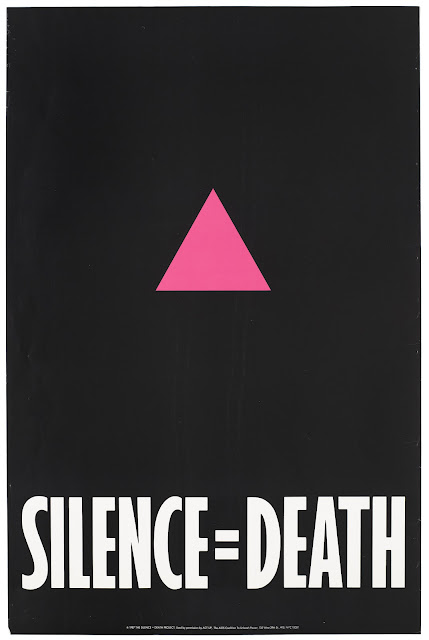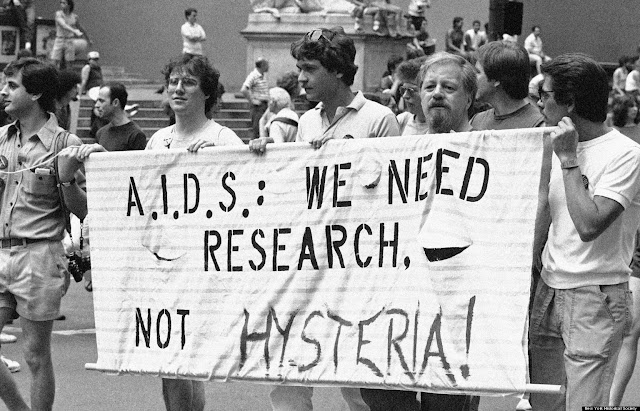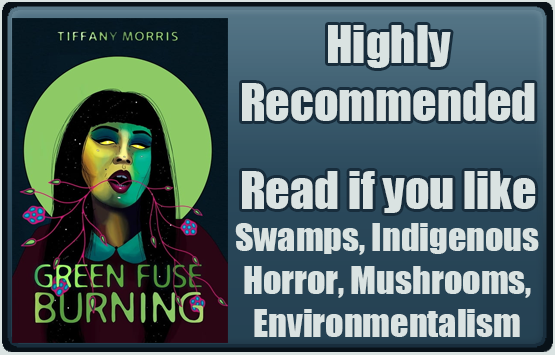Formats: Print, digital
Publisher: Crystal Lake Publishing
Genre: Blood & Guts, Mystery, Occult
Audience: Adult/Mature
Diversity: Gay author, two main characters with mental illness
Content Warnings (Highlight to view): Ableism, Amputation, Body Shaming, Child Abuse, Death, Forced Captivity, Gaslighting, Gore, Homophobia, Mental Illness, Pedophilia, Police Harassment, Racism, Rape/Sexual Assault, Slurs, Transphobia, Verbal/Emotional Abuse, Violence, Xenophobia
Blurb
That’s what comics creator Linda Corrigan asks, when her editor, disappears without a trace. Drawn into an FBI investigation by Agent McPherson, Linda and comics historian Richard Ford unearth a chilling link to the forgotten comic artist R. L. Carver, whose work might just hold the key to a series of mysterious disappearances.
As they explore Carver’s life, they uncover the secret history of horror comics, the misfits, madcaps and macabre masters who forged an industry, frightened a generation and felt the heat of the Federal Government. They also stumble on the shadow history of the United States on a road trip that veers into the nation’s dark underbelly, where forbidden knowledge and forgotten lore await them.
Described as “Kavalier and Clay meets Clive Barker,” Draw You In Vol.1 – Collector’s Item is the first in a mind-bending trilogy of novels. It contains stories within stories that explore horror in all its subgenres, from quiet to psychological horror, from hardcore to cosmic horror.
Experience the epic conspiracy thriller that redefines the genre for a new generation.
I received this product for free in return for providing an honest and unbiased review. I received no other compensation. I am disclosing this in accordance with the Federal Trade Commission’s 16 CFR, Part 255: Guides Concerning the Use of Endorsements and Testimonials in Advertising.
I should start by saying this is the first book in a trilogy, it ends on a cliffhanger, and you’ll be left with more questions than answers. You need to read the full series to get the whole picture, but you won’t have to wait for the next volume to come out because all three books have been published. I’ve only read the first book for this review, so I can’t say what the rest of the series is like, but I enjoyed the first novel. Readers should also be aware the story centers around an FBI investigation with the main character acting as a civilian consultant. While I personally enjoy detective investigation stories like Psych, Lucifer, and Hannibal, I know copaganda is a big turn off for many. Finally, there’s a secret government organization, which may be another turn off for readers, as the whole idea of a wealthy cabal that secretly controls the government has roots in antisemitism (look up “The Elders of Zion” for an example). However, Bark’s secret organization seems to be controlled by wealthy WASPs instead, and one of the people trying to prove its existence is a Jewish man. I personally felt like the secret organization was more of a criticism of how the government often hurts those with marginalized identities than playing into an antisemitic conspiracy theory, but I’m also not Jewish so it may hit different for someone who is.
The story starts with a formerly famous comic book artist named Linda Corrigan who is now struggling to get by. It’s been my personal experience that male authors don’t usually write women well, but I love the way Bark writes Linda. For one thing, I appreciate that she’s middle-aged and heavier set instead of hot, young, and skinny. She acknowledges that her appearance is a double-edged sword; while she no longer gets sexually harassed, misogynist editors now ignore Linda completely. Her complicated relationship with being an artist, especially now that she’s no longer popular, also felt relatable and realistic. Linda loves being an artist, but the industry does not love her back, and it’s a difficult job, full of heartbreak and financial strain. She doesn’t just miss the money, but the attention she used to get as a famous artist.
She’s struggling to market and sell her independent graphic novel, Doom Divine (the title comes from the Algernon Swinburne poem The Death of Richard Wagner) and it’s destroying her morale. Linda misses the old days when she was on panels and invited as a guest artist. As someone who used to do artist alleys at anime cons 10+ years ago, I can relate to Linda’s fond memories of the past. I remember when it was easy to get into an artist alley back in 2009 and Boston Comic Con was a one-day event in a basement room that cost about $20 to get in (you got a discount if you wore a costume). It was mostly indie comic creators and comic shops selling back issues back then. Of course, Linda also admits that comic cons have become much safer for women than they used to be earlier in her career, when she was one of the few female comic artists and was used to sexual harassment. She’s happy to see both more women attendees and women working in the industry.
Linda is getting little traffic at her booth and debates packing it up early when she runs into one of her old editors at Fox Comics (I love that Bark uses a real comic book publisher from the past), Paul Kleinman. The two begin joking around and Paul shows her an old sketchbook of horror art. Linda recognizes the work as being by a little-known comic artist named R.L. Carver. Paul lets her use Carver’s old pen and sketchbook, and she draws a quick portrait of the editor. He ends up inviting her to an exclusive party with a bunch of other editors that could really help Linda’s career. Linda puts on her Vampirella dress (another fun comic book nod), and heads to the party, but when she arrives, no one has heard of Paul and she’s not on the list. To add insult to injury her old assistant editor Stephanie tells her that her dress isn’t age appropriate and too revealing. Hurt and humiliated Linda heads home wondering how Paul could play such a cruel trick on her.
At the con the next day, no one seems to remember who Paul is. His mysterious disappearance triggers one of Linda’s panic attacks. She reports Paul missing after about a week, but the police imply Linda is ether crazy or lying for filing a missing persons report for a man who seemingly doesn’t exist. She’s beginning to believe maybe she really is losing her mind when Agent McPherson of the FBI tracks her down. He tells Linda that Paul isn’t the only mysterious disappearance connected to R.L. Carver’s sketchbook, and he offers her a position as a special advisor to the FBI. Joined by a comic historian named Richard Ford, the three set out to learn the history of the enigmatic Carver. Linda finds herself relating to Carver because he’s also a comic artist ahead of his time who’s dismissed by the industry. As she learns more about his story, she begins to wonder if pursuing a career as an artist is truly worth it. As the mystery at the root of the story unfolds, we also learn more about the comic industry and its history.

Tales from the Crypt #29, Black Cat #50, Weird Mysteries #5, Eerie #2
Carver is revealed to be a Black comic artist (although I notice the editor didn’t capitalize Black) like Matt Baker, Elmer C. Stoner, and Jackie Ormes, who starts out drawing horror comics, similar to Alvin C. Hollingsworth (To learn more about Black comic artists check out Invisible Men: The Trailblazing Black Artists of Comic Books). We also learn later in the book that he’s asexual (yay for ace rep). Carver draws stories for the pre-Comics Code horror comics of the early 1950s, like Voodoo, Eerie, Suspense Comics, Black Cat, and Tales from the Crypt. Carver even has his own “horror hosts,” similar to the Crypt Keeper and Uncle Creepy, called the Saints of the Damned. Unfortunately, Carver’s work becomes too realistic and horrific and he’s eventually fired. Struggling to find work, Carver does a brief stint drawing fetish comics. This is similar to Joe Shuster, one of the original creators of Superman, who did BDSM comics under the pseudonym of Clancy when he was desperate for money (which you can learn more about in Secret Identity: The Fetish Art of Superman’s Co-Creator Joe Shuster). Of course, the creation of the Comics Code Authority in 1954 would have made Carver’s graphic illustrations impossible to print.
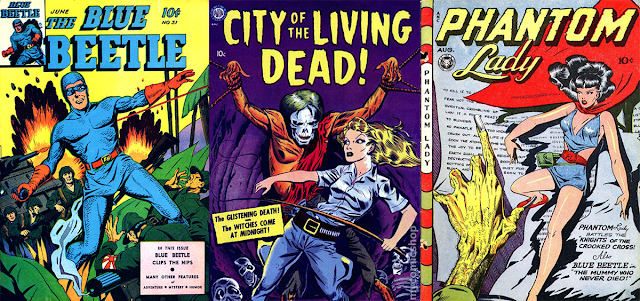
Blue Beetle #31 drawn by E C Stoner, City of the Living Dead drawn by A.C.Hollingsworth, Phantom Lady #13 drawn by Matt Baker
A psychiatrist named Dr. Fredric Wertham was largely responsible for the Code. His book, Seduction of the Innocent: The Influence of Comic Books on Today’s Youth, blamed comic books that depicted sex, crime, and drug use for contributing to juvenile delinquency by encouraging these acts in young people. Not even the relatively tame superhero comics were safe, with Wertham claiming that Batman and Robin encouraged homosexuality and Superman was un-American and fascist (which I’m sure his two Jewish creators must have appreciated). Seduction of the Innocent was extremely popular, even winning a Book of the Year award, and this popularity stirred up a moral panic across the country. This eventually lead the United States Senate Subcommittee on Juvenile Delinquency to hold the comic book hearings in 1954. By September of that year the Comics Magazine Association of America came together to create the now defunct Comics Code Authority, a self-censoring body to regulate the content of comic books. Rukes included “No comic magazine shall use the words “horror” or “terror” in its title” and “All lurid, unsavory, gruesome illustrations shall be eliminated.” This censorship hit horror comics, particularly publisher EC, especially hard.
Finally, Carver settled on making Underground comix. Comix emerged in the 1960s partially in response to the draconian restrictions enforced by the Comics Code Authority. These comics were either self-published or published by a small press and were sold in head shops. They often depicted drug use, free love, and political commentary. The golden age of underground comix lasted from 1968 to 1972, starting when Robert Crumb published Zap Comix. Underground horror comix rose in popularity during this time, many of them inspired by the EC Comics of the 1950s. Titles including Skull (Rip Off Press), Insect Fear (Print Mint), Death Rattle (Kitchen Sink), and Bogeyman (San Francisco Comic Book Company) were published in the early 1970s.
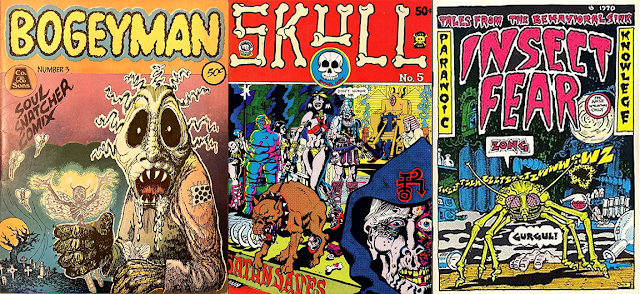
Bogeyman #3, Skull #5, Insect Fear #1
The amount of research that went into creating Draw You In Collector’s Item is impressive. Bark makes several references to real world artists like John Severin and Jack Cole, writers like Jack Kirby and Steve Ditko, publishers like Fox Comics (creator of Blue Beetle) and EC (creator of Tales from the Crypt and Mad Magazine), series like Terry and the Pirates, and even individual comics like DC’s House of Secrets #92 which features the first appearance of Swamp Thing. Bark also references other historical elements like the Cartoonist and Illustrators School (later the School of Visual Arts) created by Burne Hogarth for returning GIs and the Kefauver Hearings. Even the Louisiana Voodoo (which has differences from Haitian Vodou) was well researched, something that’s rare in the horror genre and routinely reduces a religion down to zombies and curses. I studied Vodou in college as part of an anthropology course (there was a lot of arguing with my white professor that yes, it was in fact a “real” religion) and found that Bark uses proper terminology when referring to the spiritual leaders (oungan and manbo), spirits (lwa), symbols (veves) and takes care to not make Voodoo seem like a “primitive” belief system. Bark even includes the manbo and ougan, Cécile Fatiman and Dutty Boukman, who conducted a Vodou ceremony at Bois Caïman, which is credited with being the catalyst that started 1791 slave rebellion of the enslaved Haitians against the French slaveholders.
The numerous mysteries at the center of the story (many of which I haven’t revealed to avoid spoilers) grabbed my attention and managed to hold it for the entirety of the book: no small feat considering I have ADD and can’t focus on one thing for long. The characters are all intriguing and I enjoyed the diversity of opinions and personalities. For example, Richard struggles with the stigma of having a mental illness while also having to be reminded by Linda to be more aware of his white male privilege, which always ruffles his feathers. Sometimes she feels sympathy for him, other times she appreciates how he admires her work or is impressed by his research skills, and on still other occasions she finds him incredibly frustrating and ignorant. I appreciate Bark’s honest representations of mental health for both Linda and Richard as well as accurate exploration of the harassment women face in the comic book industry. Overall, this is a fun, captivating read and I can see why it’s called Draw You In because that’s exactly what this book does.


